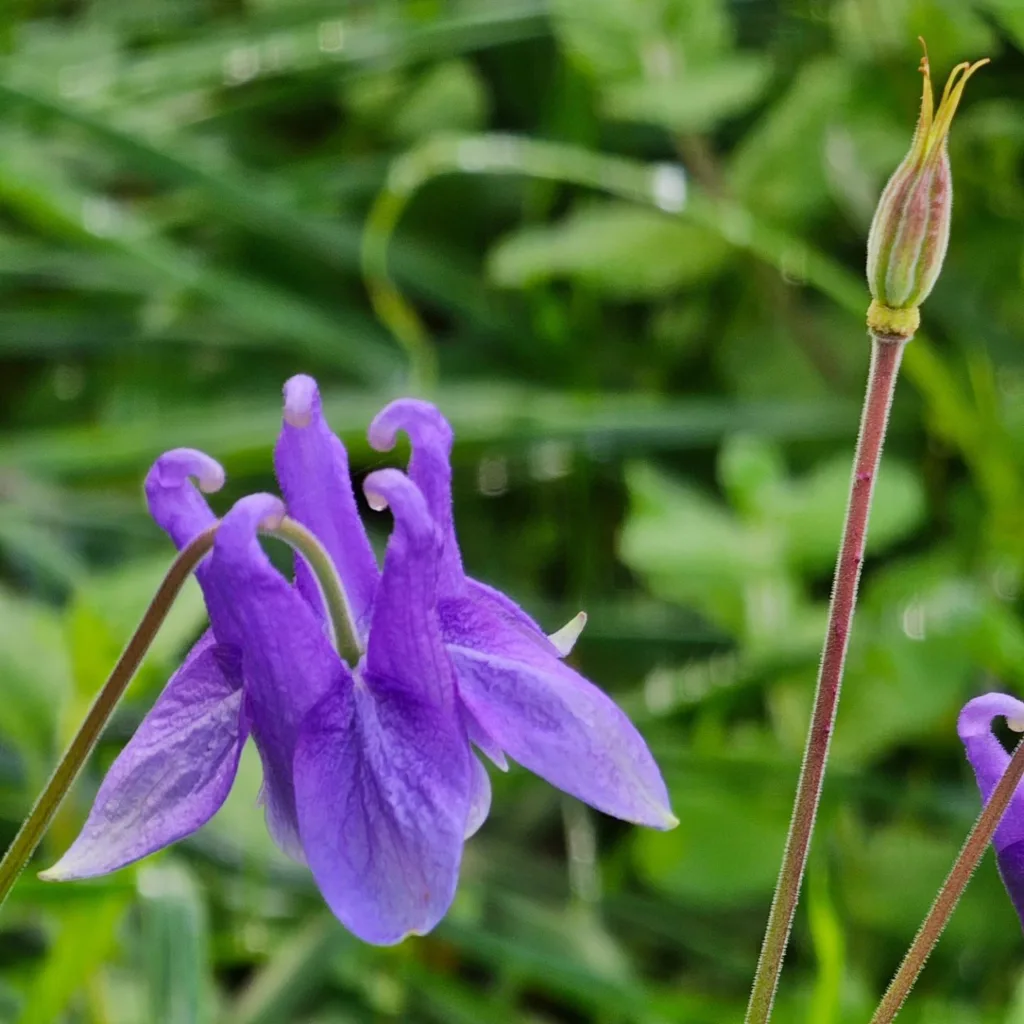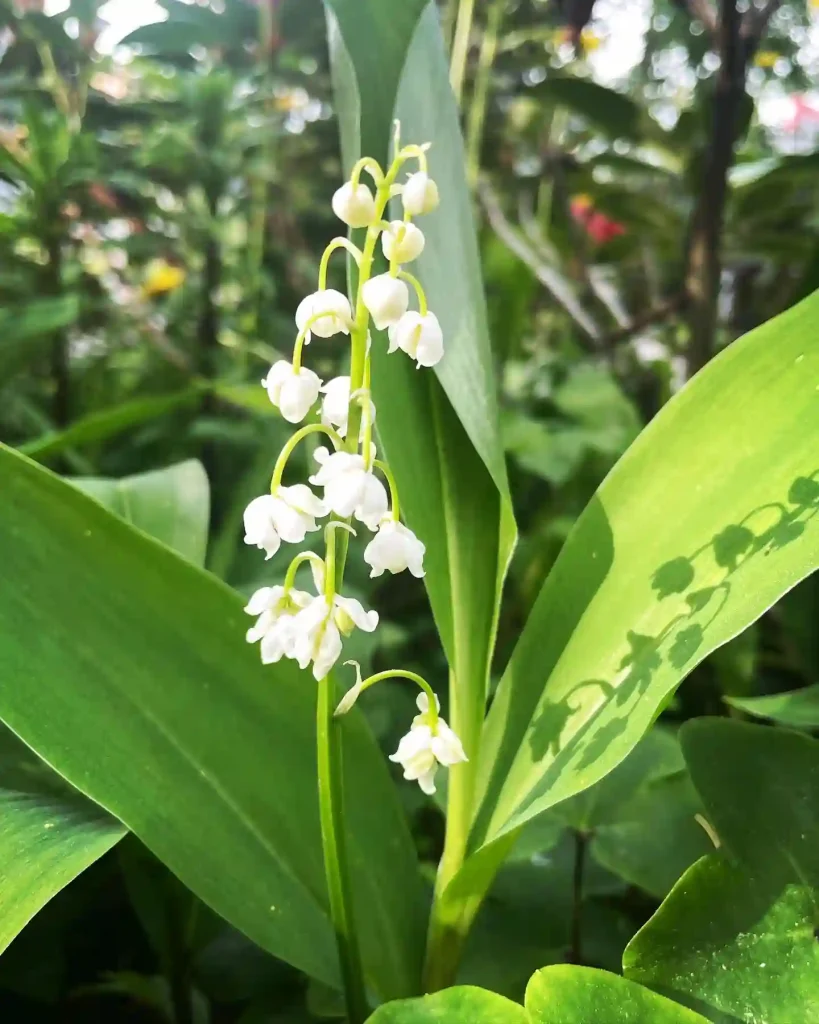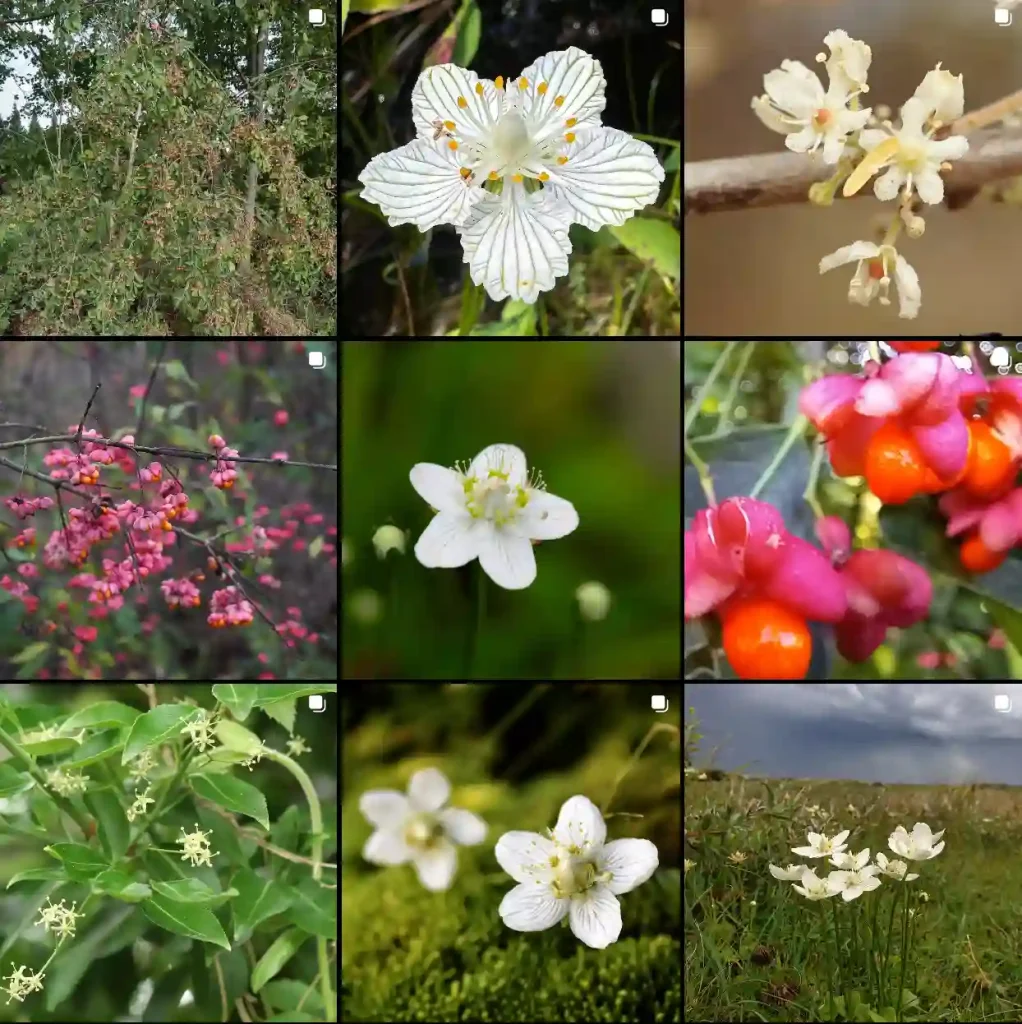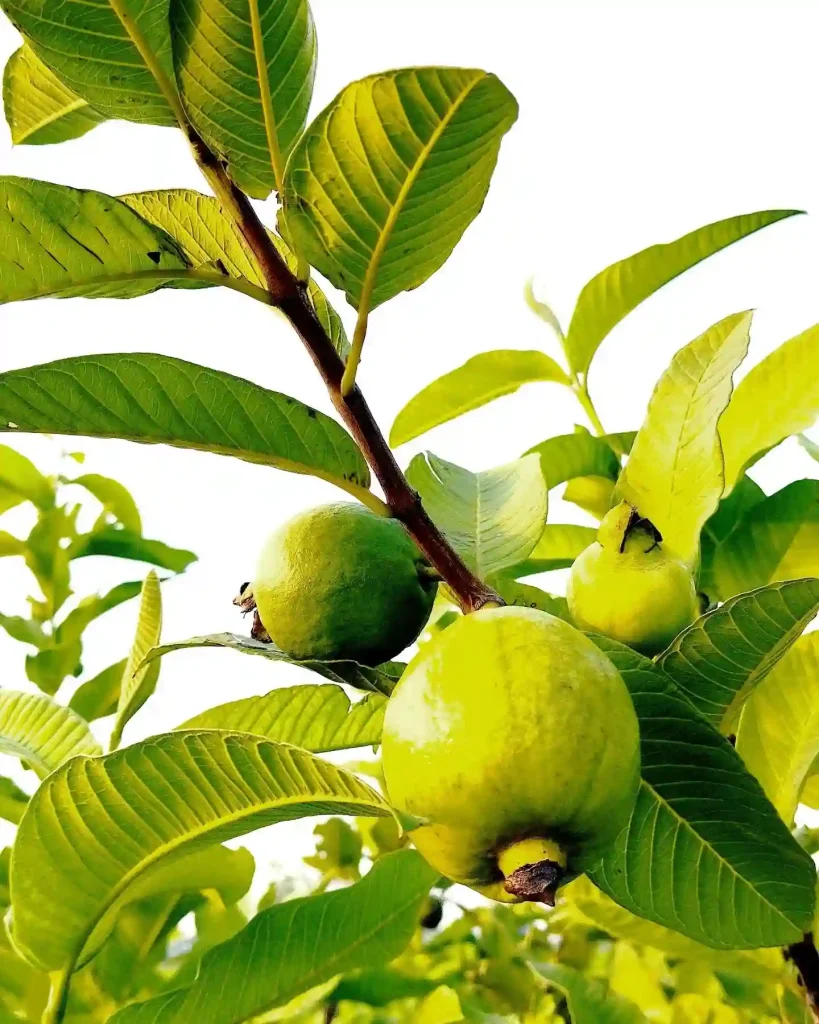What Is Aristolochia Grandiflora?
Aristolochia Grandiflora, also known as the Dutchman’s Pipe or the Giant Pipevine, is a strikingly unique vine native to tropical regions of the Americas. Known for its large, pipe-shaped flowers, this plant stands out in any garden or indoor space. The blooms are often described as resembling a pipe or a slinky, with colors ranging from deep burgundy to yellow and brown, depending on the specific variety.
553 Species in Genus Aristolochia
How to Care for Aristolochia Grandiflora?
Caring for Aristolochia Grandiflora is relatively straightforward, provided you meet its specific needs. Here’s a rundown of how to ensure this plant thrives:
- Light: This vine prefers bright, indirect sunlight. While it can tolerate some direct sunlight, too much can scorch the leaves. If you’re growing it indoors, place it near a window where it can receive ample light but not be exposed to harsh midday rays.
- Water: Keep the soil consistently moist, but not waterlogged. Overwatering can lead to root rot, so make sure the pot or planting area has good drainage. Water when the top inch of soil feels dry.
- Soil: A well-draining, rich soil mix is ideal. You can use a combination of potting soil, perlite, and compost to achieve the right texture.
- Temperature and Humidity: Aristolochia Grandiflora thrives in warm, humid conditions. It prefers temperatures between 60-85°F (15-30°C) and high humidity. If you’re growing it indoors, consider using a humidifier or placing a tray of water near the plant to maintain moisture levels.
- Fertilization: Feed your plant with a balanced, water-soluble fertilizer once a month during the growing season (spring and summer). Reduce feeding in the fall and winter when the plant’s growth slows down.
How to Propagate Aristolochia Grandiflora?
Propagating Aristolochia Grandiflora can be done through several methods:
- Cuttings: Take semi-hardwood cuttings in late summer or early fall. Ensure each cutting has at least one node. Dip the cut end in rooting hormone and plant it in a moist, well-draining soil mix. Keep the cuttings in a warm, humid environment until they develop roots.
- Seeds: You can also propagate through seeds. Soak the seeds in water for 24 hours before planting them in a seed-starting mix. Keep the soil consistently moist and warm. Seeds generally germinate in a few weeks.
What to Plant With Aristolochia Grandiflora?
When choosing companion plants for Aristolochia Grandiflora, consider plants with similar care requirements. Here are a few suggestions:
- Ferns: Their lush, green foliage complements the unique flowers of Aristolochia Grandiflora and thrives in similar conditions.
- Philodendrons: These tropical plants share the same love for warmth and humidity, making them ideal partners.
- Pothos: Another vine that enjoys similar conditions, Pothos can add a cascading effect that contrasts beautifully with the upright growth of Aristolochia Grandiflora.
Is Aristolochia Grandiflora Toxic?
Yes, Aristolochia Grandiflora is toxic. All parts of the plant contain aristolochic acids, which can be harmful if ingested. It’s important to keep this plant away from pets and young children. If you suspect someone has ingested parts of this plant, seek medical advice immediately.
Benefits of Aristolochia Grandiflora
Despite its toxicity, Aristolochia Grandiflora offers several benefits:
- Ornamental Value: Its unique flowers and vigorous growth make it an eye-catching addition to gardens and indoor spaces.
- Shade Provider: Its dense foliage can provide shade for other plants or structures, making it useful in garden design.
- Pollinator Attraction: The flowers attract a variety of pollinators, including bees and butterflies, which can enhance the biodiversity of your garden.
Common Problems with Aristolochia Grandiflora
- Pest Issues: Watch for aphids and spider mites, which can affect the health of the plant. Regularly inspect the leaves and use insecticidal soap or neem oil if pests are present.
- Diseases: Overwatering can lead to root rot and fungal infections. Ensure proper drainage and avoid waterlogging to prevent these issues.
- Leaf Drop: If the plant is experiencing leaf drop, it may be due to inconsistent watering or insufficient humidity. Adjust your care routine to address these factors.
How Does Aristolochia Grandiflora Compare to Other Similar Plants?
Aristolochia Grandiflora can be compared to other pipevines, like Aristolochia macrophylla. While both species share the pipe-like flower structure, Aristolochia Grandiflora’s blooms are typically larger and more elaborate. In contrast, Aristolochia macrophylla tends to have smaller flowers but a more robust vine growth.
Additionally, Aristolochia Grandiflora is often compared to other tropical vines like Passiflora or Climbing Hydrangea. While these plants also offer beautiful blooms and vigorous growth, Aristolochia Grandiflora’s distinctive flower shape and coloration set it apart.
In conclusion, Aristolochia Grandiflora is a fascinating plant that can bring unique beauty to your garden or home. With the right care and precautions, it can be a rewarding addition to your plant collection.
If i die, water my plants!



